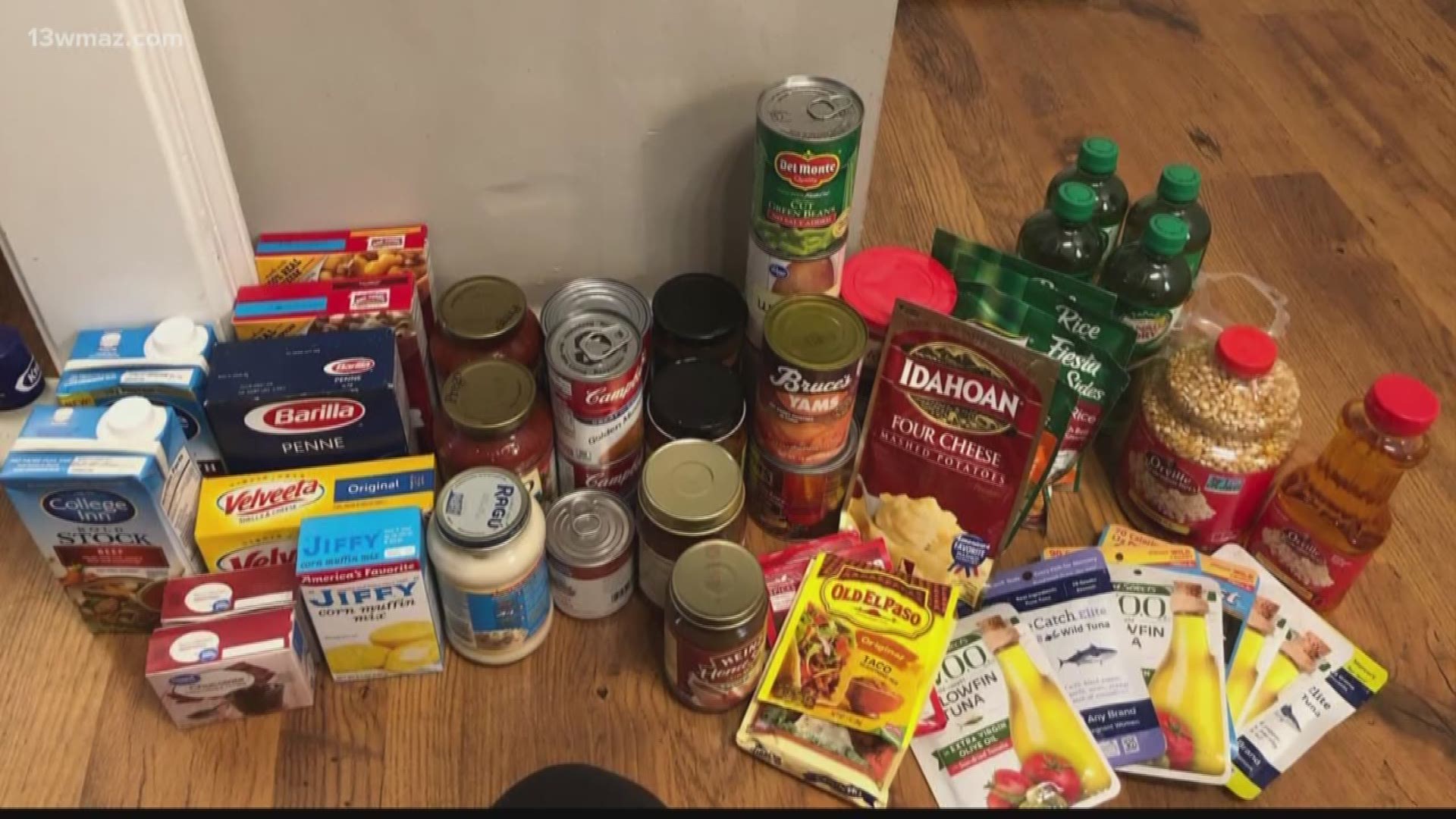GRAND RAPIDS, Mich. — Grace DeRocha, Dietitian from Blue Cross Blue Shield shares some great ideas on what to keep in the pantry.
Given the current circumstances, Blue Cross wants to remind everyone how to make healthy choices at home and provide tips on how to stock up on nutritious pantry staples.
When it comes to whipping up quick and comforting meals, pantry staples are your friend. There are items you keep stashed in the back of your pantry for off-the-cuff cooking, and they are the items that will come in handy when cooking more at home — as we all are right now.
With a little bit of creativity, you can turn staple ingredients into complete meals that are comforting, filling, and delicious.
Check the pantry and/or fill up on:
- Healthy Carbohydrates – Carbs are the body’s main source of energy. They typically make up between 40% and 60% of your daily calorie intake. Eating carbs is especially important before a workout. They are a great base to a variety of meals- from breakfast to dinner.
- Pasta, brown rice, quinoa, oats and oatmeal, etc.
- Beans & Dried Lentils – Beans are an excellent source of protein, fiber and many other vitamins and minerals, plus they’re low in calories! They have also been known to lower blood sugar levels.
- Garbanzo/chickpeas, navy beans, soybeans, kidney beans, etc.
- Nuts & Butters— Nuts and nut butters are good sources of healthy fats and carbohydrates. They are great on their own or can be used to dress up desserts.
- Pecans, almonds, walnuts, peanut, pistachios, Brazil nuts, hazelnuts, cashews and macadamia nuts.
- Canned Fish – Canned fish is also a good source of protein and an excellent way to get your dose of omega-3 fatty acids. Studies have shown that canned fish is no better or worse for your health compared to fresh fish.
- Tuna, salmon, sardines, etc.
- Vegetable, chicken and/or beef broth or stock, oils – Broths are commonly used for soups but they’re also great for cooking quinoa in to give a little extra flavor. Oils, such as olive oil or avocado oil, are a good source of heart healthy fats.
- Fibrous fruits and vegetables (fresh, frozen or canned) – Vegetables, whether canned, jarred, pickled, frozen or fresh, all provide plenty of nutritional value to our diet. Opting for a form of vegetables with a longer shelf life can help you stretch your groceries longer. You can add them to your salad for a pop of color, use them as a side dish to your healthy main course or even turn them in to a delicious energy bite that tastes more like dessert than a healthy snack.
Using these staples, we have several recipe options on Blue Cross’ health and wellness blog, AHealthierMichigan.org, including:
- Red quinoa bean salad
- Black bean and pineapple salsa
- Roasted chickpeas
- Slow cooker salsa, bean and pasta stew
- Tuna avocado bowls
- Cinnamon roasted almonds
- Chickpea chocolate chip peanut butter cookies
- Black bean brownies
- Chocolate hazelnut spread
- Slow cooker lemon lentil soup
- Greek stuffed pepper boats
RELATED VIDEO:
MORE on 13 ON YOUR SIDE:
►Make it easy to keep up to date with more stories like this. Download the 13 ON YOUR SIDE app now.
Have a news tip? Email news@13onyourside.com, visit our Facebook page or Twitter. Subscribe to our YouTube channel.


